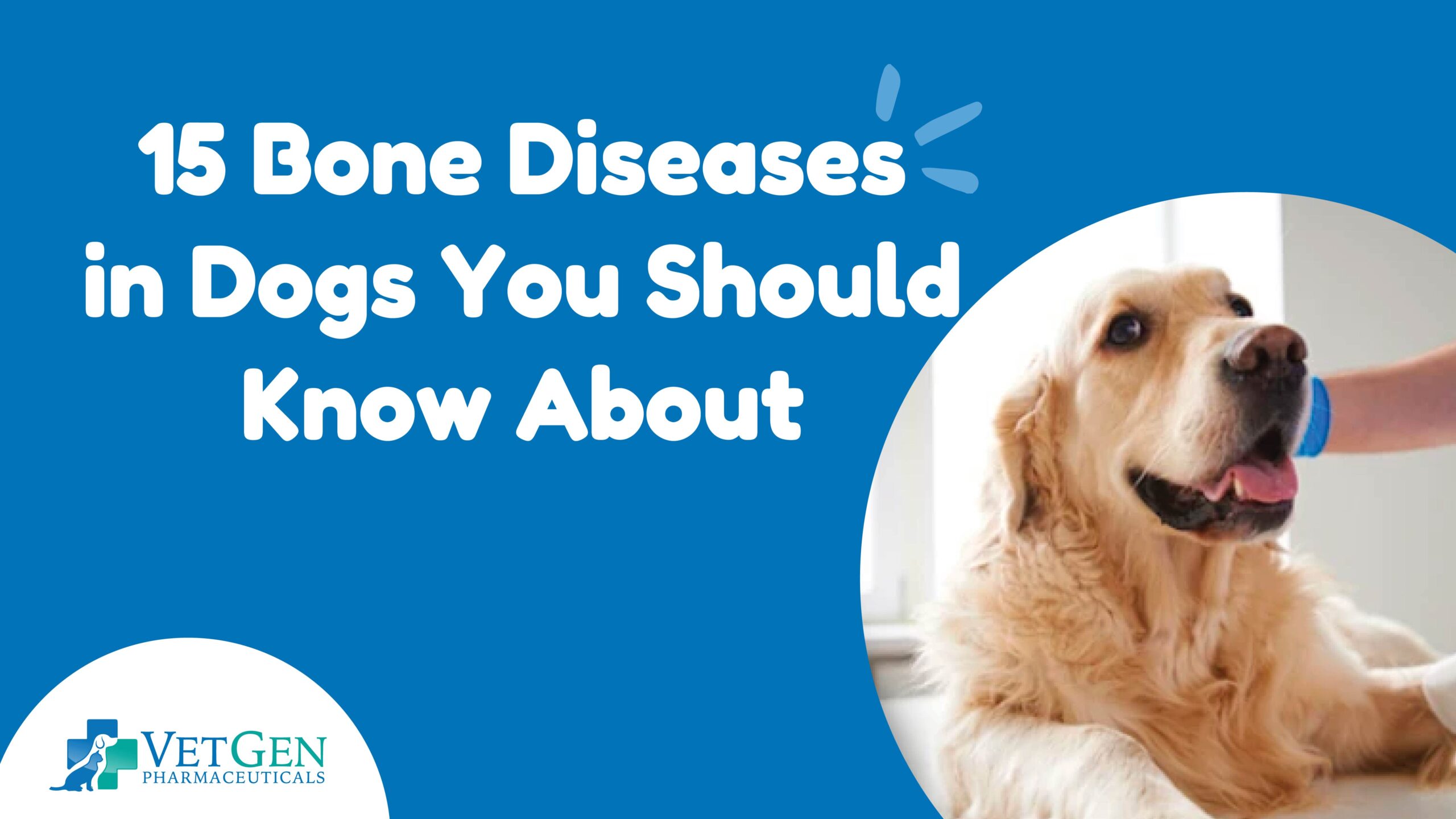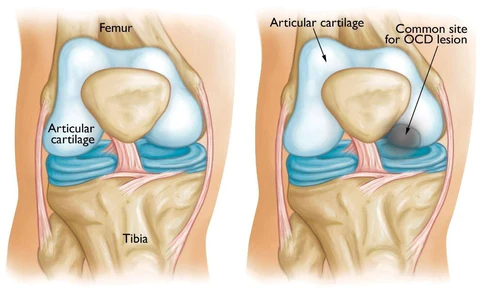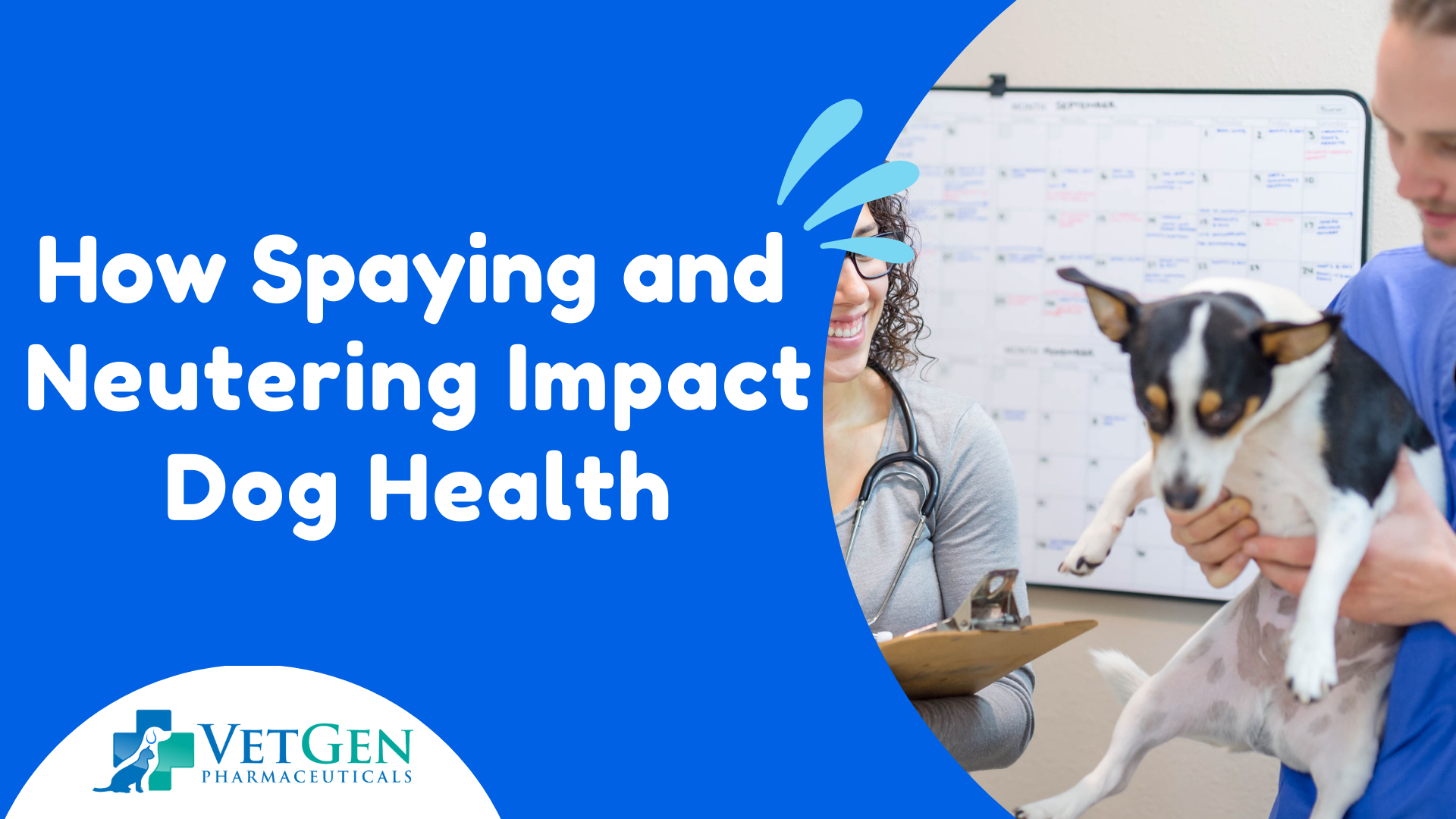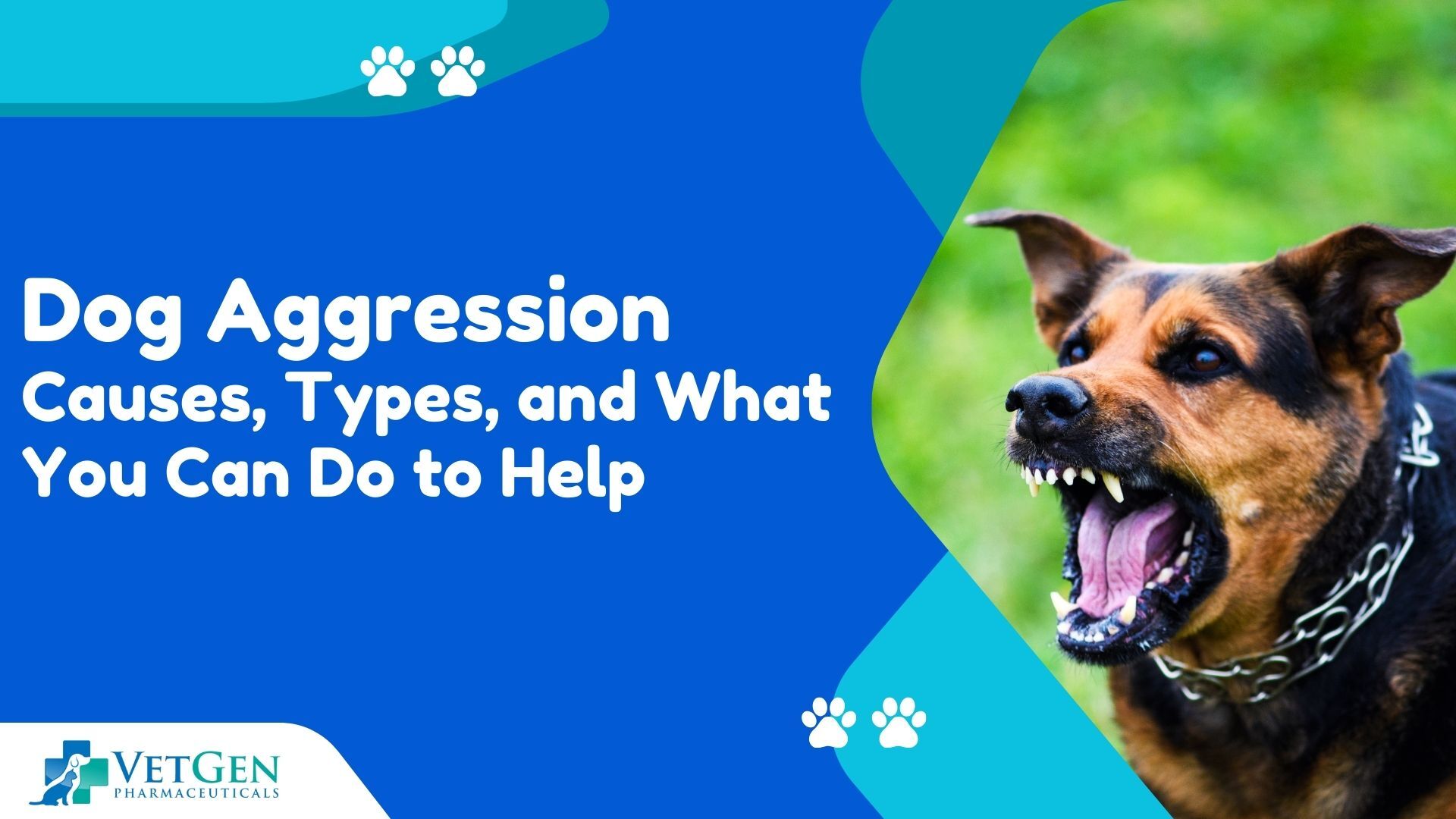Table of Contents
Whether you walk on two or four legs, maintaining good bone health is essential for free and effective movement.
Bones provide crucial support for the entire body.
As a dog owner, you can protect your pal’s health and mobility by reducing their risk of developing bone diseases.

The causes of bone diseases in dogs include poor nutrition, infections, tumors, and trauma.
An in-depth understanding of the signs of bone disease can help you detect and treat any disorders early enough to protect your pal’s health, mobility, and happiness.
Here are 15 bone diseases in dogs you should know about:
1. Arthritis
Arthritis causes inflammation in the bones and can affect any joint in the dog’s body.
Older dogs are more susceptible to arthritis, but it can also affect younger pets.
Signs of arthritis in dogs include limping, slowness, difficulty standing up, stiffness, lameness, and lethargy.
The most common form of arthritis is Degenerative Joint Disease (DJD).
It can affect your dog’s knees, elbow, and hips.
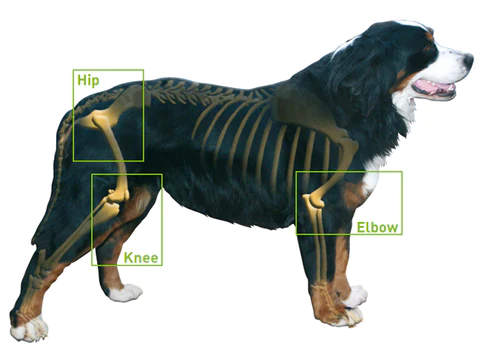
Unfortunately, arthritis does not have a cure.
Vets manage the condition using joint supplements, pain-relieving medications, therapy, anti-inflammatory drugs, and acupuncture.
You can use the best hip and joint supplements for dogs to slow down the deterioration of joint tissue.
To protect your pal’s mobility, combine weight management, healthy diets, and glucosamine supplements for dogs.
2. Bone Infection
Fractures, bite wounds, and lacerations can lead to bone infections.
Bacteria and other pathogens can colonize open sores on the skin leading to an infection.
Without proper treatment, it can spread through the bloodstream to the bone.
The most common symptoms of bone infections include fever, lethargy, and diminished appetite.
If your dog has an open wound and displays these signs, visit a veterinarian to perform a physical exam, blood tests, and bacterial or fungal cultures.
3. Canine Hip Dysplasia
Canine hip dysplasia is a common hip and joint issue that affects nearly all senior dogs and large breeds, such as Labrador Retrievers, Great Danes, and German Shepherds.
But it can also affect small breeds and younger dogs as well, especially if they’re very active.
This bone disease in dogs occurs when the ball doesn’t perfectly fit in the joint socket due to abnormal development or growth of the hip joint.
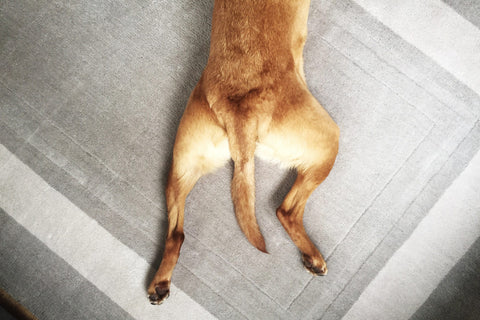

Source: dailypaws.com
As your dog ages, watch out for signs such as limping, grating joints, swaying, pain, stiffness, loss of thigh muscles, and difficulties standing or climbing stairs.
Canine hip dysplasia is painful and should be addressed appropriately.
You can use glucosamine supplements for dogs with anti-inflammatory and antioxidants qualities to protect your dog’s healthy bones.
The ingredients of joint supplements can also improve mobility and overall well-being.
4. Panosteitis
Panosteitis affects large and giant breeds like German Shepherds under the age of one.
It is a metabolic bone disorder characterized by painful inflammation on one or multiple long bones.
Apart from genetics and metabolic responses, factors like immune responses, stress, and infection can increase the risk of developing Panosteitis.
If your pup has this bone condition, your vet can recommend pain relievers and nonsteroidal anti-inflammatory drugs.
5. Bone Fractures
Traumatic events and accidents are the primary causes of open and closed fractured bones in dogs.
Open fractures occur when the bone protrudes through the skin, increasing the risk of infection.
On the other hand, closed bone fractures do not rupture the skin.
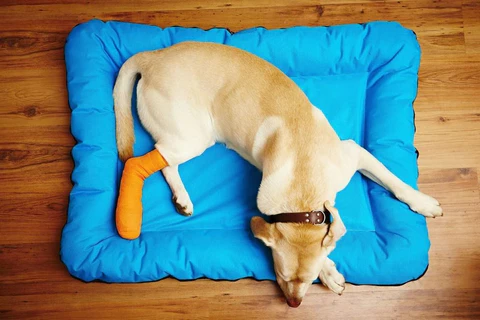

Breaking any bone is painful and can affect your dog’s mobility permanently.
Visit your vet for a physical exam and treatment or correction.
6. Nutritional Osteopathy
Deficiencies due to unbalanced diets can lead to nutritional osteopathy, such as rubber jaw, bony growths, reduced bone mass, deformities, and fractures.
If you feed your dog low-calcium or low-vitamin diets, the body will try to address the deficiency by producing parathyroid hormone.
A high level of this hormone in your dog’s body can affect hormonal and metabolic functions leading to nutritional osteopathy.
Always feed your pal the best dog foods for bone, hip, and joint care.
You can also use the best hip and joint supplement for dogs to boost your pal’s nutrition.
7. Bone Tumors and Cancer
Tumors in dogs can develop directly in the limbs, toes, spinal vertebrae, ribs, and skull, leading to bone cancer.
It can also spread from other parts of the body into the bone.
Early detection can help you manage this disease and improve the quality of life for your pal.
You can visit a vet to conduct X-rays, which is highly effective in detecting bone cancer.
8. Hypertrophic Osteopathy
Hypertrophic osteopathy occurs in the long bones and leads to excessive thickening of bone tissues.
Signs to watch out for include lameness and pain in the long bones.
Your vet can use X-rays to detect body cavity tumors and recommend cutting the nerve to stop bone changes or remove the tumors surgically.
9. Osteochondritis Dissecans (OCD)
Pups and younger dogs are more susceptible to this bone disease, which affects the smoothness of the cartilage’s surface.
It can occur in your pup’s joints due to abnormal development of the cartilage on the end of the bone.
The diseased cartilage can separate from the bone in the joint.
If your dog develops OCD, your vet can restrict their activity or conduct a surgical procedure.
Use hip and joint supplements with glucosamine and chondroitin to help your dog’s body repair the cartilage.
The best supplements for dogs can prevent bone damage, relieve pain, and improve your dog’s mobility and quality of life.
10. Hypertrophic Osteodystrophy (HOD)
This disease can occur in your dog’s long bones, catalyzed by inflammation in the growth plates.
The inflammation can lead to swelling, fever, and loss of appetite. HOD is painful and can affect your pet’s mobility.
If your dog shows signs of HOD, visit your veterinarian for treatment.
Your vet can recommend medications to relieve the pain and cut the inflammation.
11. Craniomandibular Osteopathy
Craniomandibular osteopathy affects the lower jaw of dogs.
It can also affect the round bones behind the ears.
Some sections of the dog’s jawbones are replaced by immature bone.
Even though the cause is unknown, it is probably genetic because it affects growing Terriers more than other breeds.
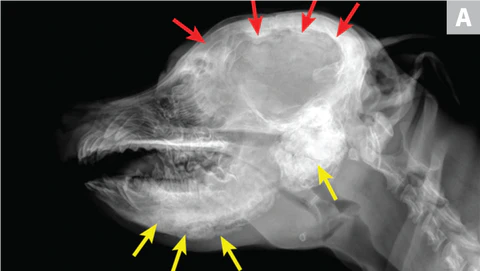

Symptoms of craniomandibular osteopathy include mouth discomfort, pain, weight loss, and fever.
If your Terrier displays these signs, visit your vet to conduct X-rays to rule out this bone disorder.
12. Angular Limb Deformities
Angular limb deformity is a developmental bone disorder that occurs on the foreleg’s radius and ulna bones.
This bone disorder is hereditary in some breeds like Bulldogs, Pugs, and Dachshunds.
An injury can also disrupt the growth of the bones leading to shortened limbs, displaced elbow, and bowed or bent joints and bones.
Your vet can recommend the appropriate corrective surgery depending on the extent of bone deformity.
13. Retained Ulnar Cartilage Cores
This condition affects the growth plate of the ulna leading to abnormal bone formation in young large and giant dogs.
The bones in the affected forelimb do not harden properly, which can restrain the limb’s growth.
Retained ulnar cartilage cores and angular limb deformities share so many signs and symptoms, making early detection a challenge.
If X-rays confirm the diagnosis, your vet may recommend surgical division or removal of the bone to reduce limb deformation.
14. Osteomyelitis
Osteomyelitis is an inflammation of the bone that affects dogs of all ages and breeds.
It is catalyzed by a bacterial infection or fungal diseases.
Factors like inadequate blood supply, trauma, and bone damage can increase the risk of developing this condition.
Symptoms of osteomyelitis include pain, persistent lack of appetite, depression, and lameness.
You’ll need to take your dog to a vet to identify the source of infection and confirm the diagnosis.
15. Osteochondromatosis
This rare bone disorder in young dogs leads to multiple bony growths on the long bones, vertebrae, and ribs.
Early detection is almost impossible because your dog may not show any signs.
Regular physical examinations can alert your vet, but they’ll need to conduct X-rays to confirm the diagnosis.
Your vet can surgically remove the growths if it is painful or leads to lameness.
At VetGen Pharmaceuticals, we are dedicated and focused on enhancing the quality of your dog’s life to ensure your dog maintains an active lifestyle so you can enjoy each other’s company for many years to come! To this end, we offer the best dog supplements for dry skin and natural joint supplements for dogs. Each product offered by VetGen Pharmaceuticals is made from the best and safest ingredients.


